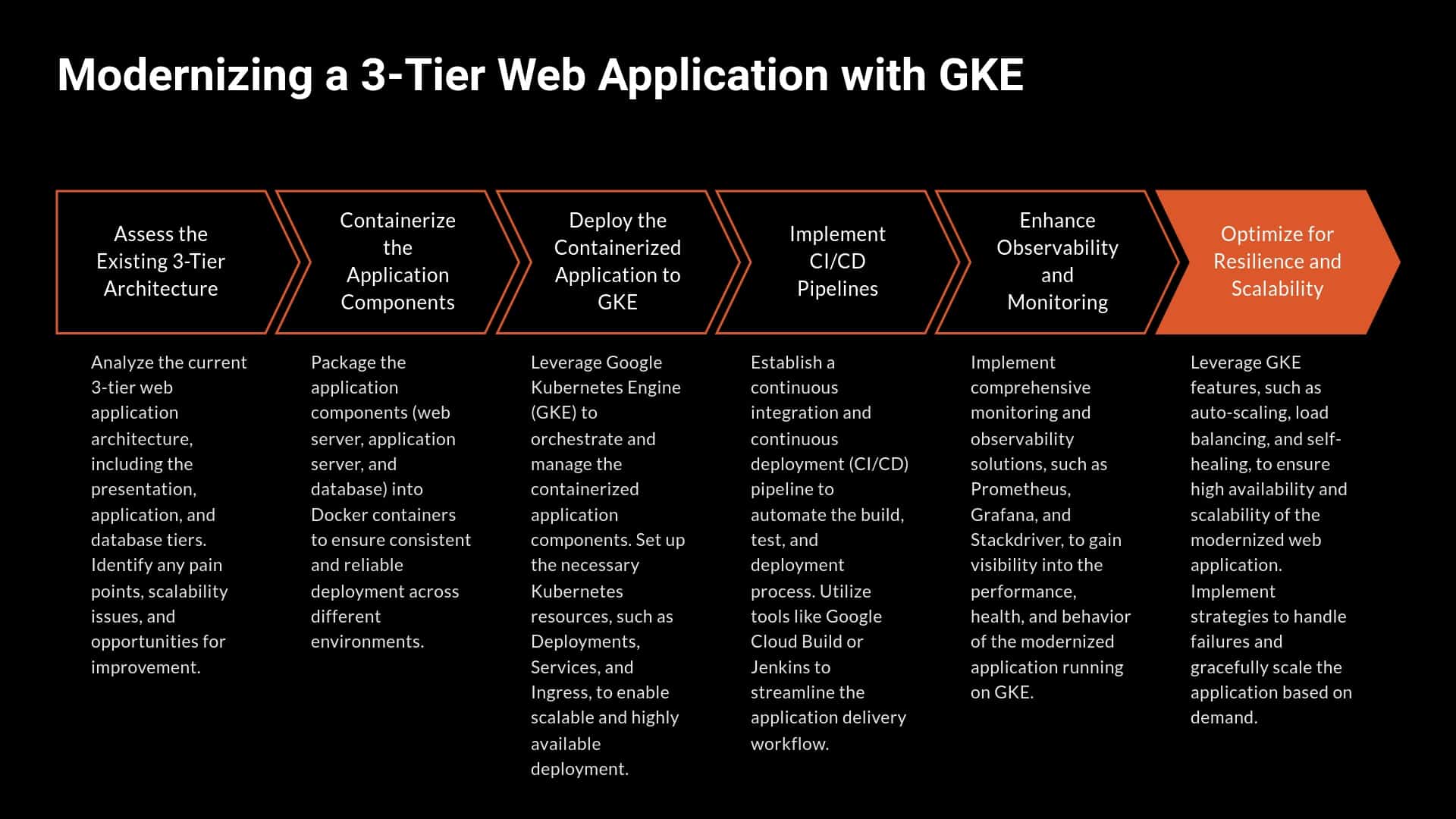What happened next? A 38% reduction in IT costs, improved efficiency, and a scalable storage solution that set the stage for future growth. Here’s how they did it.
The Challenges
Before migrating to the cloud, the company faced several roadblocks that made managing their IT infrastructure increasingly unsustainable. Their on-premise setup, consisting of 20 file servers, was not only expensive but also required continuous maintenance and oversight. The key challenges included:
1. High Operational Costs
Maintaining on-premise servers came with hefty infrastructure expenses, including hardware upgrades, software licensing, power consumption, and cooling requirements. At $4,000 per month, the cost of compute, storage, and IT management was eating into their budget and limiting their ability to invest in strategic initiatives.
2. Complexity & Inefficiency
Managing multiple file servers meant dealing with frequent system updates, manual configurations, and time-consuming troubleshooting. The IT team found themselves caught up in reactive maintenance instead of focusing on strategic initiatives.
3. Limited Scalability
As data storage needs grew, the company faced a difficult choice—either invest in more physical servers (leading to even higher capital expenses) or try to optimize an already stretched infrastructure. Neither option was sustainable in the long run.
4. Security & Reliability Risks
On-premise file storage required continuous monitoring to prevent data loss, downtime, and unauthorized access. Ensuring disaster recovery and compliance with industry regulations was becoming more challenging without a cloud-based strategy.
It was clear that the existing infrastructure was holding them back. To reduce costs, simplify operations, and future-proof their business, the company turned to a cloud migration strategy that would transform their IT environment.
The Solution: Migrating to Cloud Storage
To overcome these challenges, the company needed a cost-effective, scalable, and secure storage solution. After evaluating multiple options, they chose to migrate their 20 traditional file servers to NetApp Cloud Volumes, a cloud-native file storage solution designed for high availability and performance.
1. Strategic Approach
Rather than a disruptive, all-at-once migration, the company followed a phased approach completed over a 6-week period to ensure a smooth transition:
- Assessment & Planning (Week 1-2) – Analyzed current storage usage, mapped dependencies, and identified high-priority data.
- Pilot Migration (Week 3-4) – Tested cloud storage with non-critical data to fine-tune performance and validate the approach.
- Full Migration & Optimization (Week 5-6) – Gradually moved all file shares while optimizing costs and performance settings.
2. Seamless Integration
One of the key benefits of NetApp Cloud Volumes ONTAP was its seamless integration with existing workflows. The solution maintained full compatibility with SMB/CIFS protocols, allowing Windows-based workstations to access cloud file shares using the same network drive mappings they had used with on-premise servers. Active Directory integration ensured that all existing user permissions and security groups remained intact throughout the migration.
The implementation leveraged Google Cloud's private networking with Cloud Interconnect to provide low-latency access to file shares, ensuring that users experienced performance comparable to—or better than—their previous on-premise setup. Data deduplication and compression features built into NetApp Cloud Volumes reduced storage requirements by an additional 30%, further amplifying cost savings.
3. Cost & Performance Optimization
The company leveraged cloud auto-scaling features and intelligent storage tiering to optimize both performance and costs. By implementing NetApp's Cloud Tiering service, infrequently accessed data was automatically moved to lower-cost object storage (Google Cloud Storage), while actively used files remained on high-performance SSD storage.
Performance monitoring and optimization included:
- Quality of Service (QoS) policies to guarantee performance for critical applications
- Storage efficiency features including inline deduplication and compression
- Snapshot-based backups with configurable retention policies, eliminating the need for separate backup infrastructure
- Cross-region replication for disaster recovery, with RPO (Recovery Point Objective) of 15 minutes
By migrating to cloud-native storage, the company successfully streamlined file storage, reduced IT complexity, and positioned itself for long-term scalability—all while cutting costs. The implementation was completed in just 6 weeks, with measurable results appearing immediately.
The Results
The shift to NetApp Cloud Volumes not only addressed the company’s IT challenges but also delivered measurable financial and operational benefits. By eliminating the inefficiencies of on-premise file servers, the company achieved:
1. Immediate Cost Savings
- 38% reduction in IT expenses – Monthly infrastructure costs dropped from $4,000 to $2,500, saving $18,000 annually.
- No more costly hardware refresh cycles, reducing capital expenditures and eliminating the need for 3-5 year server replacements.
- Pay-as-you-go pricing optimized cloud spending based on actual storage needs, eliminating waste from overprovisioned resources.
2. Increased Efficiency & IT Productivity
- 40% less time spent on file server management, freeing up IT teams to focus on strategic initiatives and innovation projects.
- Automated maintenance, backups, and updates reduced manual workload and eliminated weekend maintenance windows.
- Faster provisioning of storage resources allowed for quick scalability without downtime—new file shares could be created in minutes instead of days.
3. Improved Security & Reliability
- 99.99% uptime SLA ensured continuous access to file shares, compared to their previous average of 98.5% with on-premise servers.
- Built-in security features including encryption at rest and in transit enhanced data protection and regulatory compliance.
- Disaster recovery capabilities with automated snapshots and cross-region replication provided instant failover in case of disruptions.
4. Scalable & Future-Proof IT Infrastructure
- Storage scaled dynamically with zero upfront investment in hardware, supporting the company's 35% year-over-year growth.
- Cloud-based infrastructure set the stage for future hybrid and multi-cloud strategies, with seamless integration capabilities for additional cloud services.
- The flexible architecture allowed the company to easily add new locations and remote workers without infrastructure limitations.
By transitioning to cloud-based file storage, the company didn't just cut costs—they also improved operational resilience, efficiency, and security. With a modernized infrastructure in place, they're now well-positioned for future growth.
Business Impact
The success of this cloud migration project extended beyond just technical and financial metrics. The company's leadership team gained confidence in their IT infrastructure's ability to support aggressive growth plans. Within 12 months of the migration, the company successfully opened two new facilities and onboarded 75 additional employees—all without any storage-related infrastructure investments or performance degradation.
The IT team, freed from the burden of managing physical servers, was able to redirect their efforts toward more strategic initiatives, including implementing new collaboration tools and enhancing cybersecurity measures. This transformation positioned the company as a technology leader in their industry, giving them a competitive advantage in attracting both customers and top talent.



